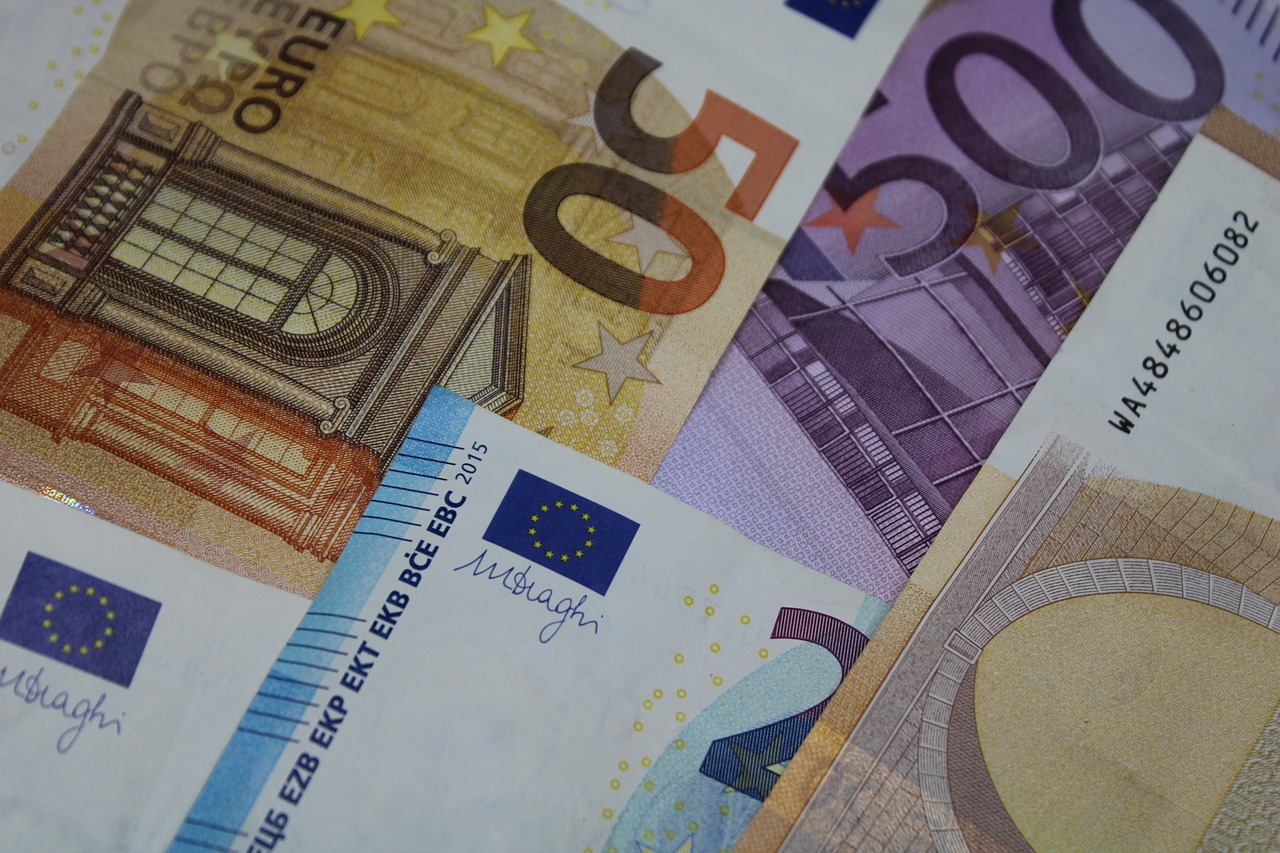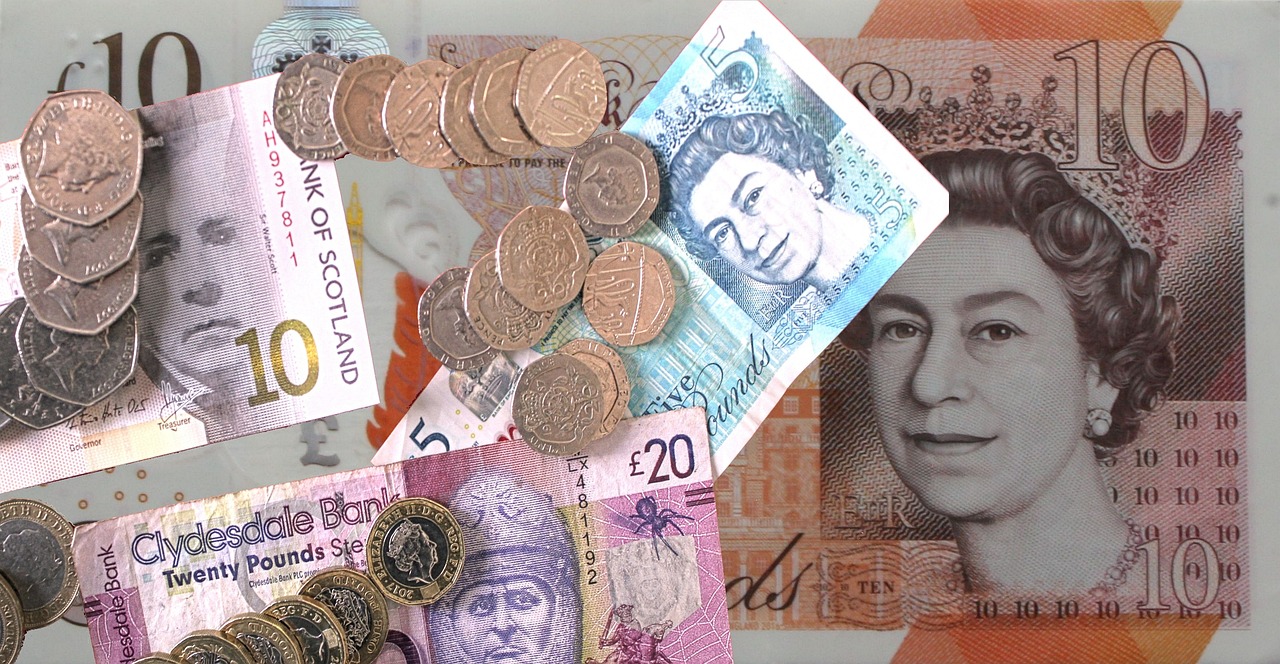How Money Gram Makes Sending and Receiving Money Easy: Answers to Your Top 5 Questions!
GPT_Global - 2024-02-04 18:30:07.0 635
Do I need to provide identification to send or receive money through Money Gram?
Sending and receiving money is an essential part of today's global economy, and Money Gram has become a popular choice for remittance services. Whether you are sending money to family and friends or conducting business transactions, it is important to know what identification is required when using Money Gram.
In most cases, you will need to provide a valid form of identification in order to send or receive money through Money Gram. This is to ensure the safety and security of your funds and to comply with local laws and regulations. The type of identification required may vary depending on the country and the amount of money being sent.
If you are sending money, you will typically need to present a government-issued photo ID such as a driver's license, passport, or national ID card. Some countries may also require additional forms of identification, such as a social security number or utility bill. It is important to check with your local Money Gram agent or online for specific requirements for your transaction.
When receiving money, you will also need to show a valid photo ID, but the sender may have the option to choose from a list of acceptable forms of identification. This can include a government-issued ID, military ID, or even a student ID. Again, it is important to check with the sender or your local Money Gram agent to confirm which forms of identification are accepted.
In some cases, you may also need to provide additional information, such as the purpose of the transaction or the source of the funds. This is to comply with anti-money laundering and counter-terrorism financing laws and regulations. This information is used to ensure that the funds are not being used for illegal activities.
In conclusion, while the specifics may vary, it is generally required to provide some form of identification when sending or receiving money through Money Gram. This is to protect your funds and comply with local laws. Make sure to check with your local agent or the Money Gram website for specific requirements before conducting your transaction.

Can I cancel a Money Gram transaction after it has been initiated?
Yes, you can cancel a Money Gram transaction after it has been initiated. However, there are certain conditions and fees that may apply. Once a transaction is initiated, the funds are immediately sent to the recipient and cannot be retrieved.
To cancel a Money Gram transaction, you must contact the Money Gram customer service within 30 minutes of the transaction being initiated. If you are able to cancel within this time frame, you may be eligible for a full refund minus the transaction fee.
If more than 30 minutes have passed, you may still be able to cancel the transaction but it will incur a cancellation fee. The fee varies depending on the country and currency involved in the transaction. You can contact the customer service for more information on cancellation fees for your specific transaction.
To initiate a cancellation, you will need to provide the Money Gram reference number, the sender's name and address, and the amount sent. It is also important to note that if the recipient has already received the funds, the transaction cannot be cancelled and no refund will be issued.
In summary, while it is possible to cancel a Money Gram transaction after it has been initiated, it must be done within 30 minutes and may incur a cancellation fee. Always double check the recipient's details and amount before sending a Money Gram to avoid any costly mistakes.
How does the recipient receive the money from a Money Gram transfer?
When it comes to sending money internationally, there are a few different methods available. One popular option is through Money Gram, a leading global remittance company. But how exactly does the recipient receive the money once it has been sent? Let's take a closer look.
First and foremost, the sender initiates the transfer through a Money Gram agent or online. They provide the recipient's name, location, and the amount of money to be sent. The sender also pays the transfer fee, which varies depending on the amount being sent and the destination country.
Once the transfer is initiated, the recipient can receive the money in cash at a Money Gram agent location. This is often the most convenient option for those who do not have access to a bank account. The recipient simply needs to show a valid ID and the reference number provided by the sender to collect the cash.
Another option is for the recipient to receive the money directly into their bank account. This method may take slightly longer, but it allows for easy access to the funds without having to physically visit a Money Gram agent location.
In some countries, mobile wallets are also supported by Money Gram. This means that the recipient can receive the money directly into their mobile wallet, which can then be used to make purchases or withdraw cash at supported locations.
The speed of the transfer depends on the method selected and the destination country. Cash pickup is typically the fastest option, with recipients able to collect their money within minutes of the transfer being initiated. Bank deposits and mobile wallet transfers may take a few hours to a few days, depending on the processing times of the recipient's bank or mobile wallet provider.
In conclusion, Money Gram offers multiple options for recipients to receive their money from a transfer, including cash pickup, bank deposits, and mobile wallet transfers. With its wide network of agent locations and fast transfer speeds, it is a reliable choice for international remittances.
Are there any fees associated with using Money Gram?
When it comes to sending money through Money Gram, there are a few things that you should keep in mind. One of the most important things to consider is the fees associated with using this remittance service.
First and foremost, there is a fee for sending money through Money Gram. The amount of the fee will depend on various factors such as the destination country, the amount being sent, and the method of transfer. It is important to note that this fee is subject to change and can vary over time.
In addition to the service fee, there may also be additional charges for currency conversion. If you are sending money to a different currency, Money Gram will convert your funds at their own exchange rates, which may differ from other market rates. This means you may end up paying more than the actual exchange rate.
Furthermore, there may be fees imposed by the recipient's bank or financial institution. While Money Gram does not have control over these fees, it is something to consider when choosing the best method for sending money.
It is also worth noting that fees may vary depending on the method of payment. For example, if you choose to pay with a credit card, there may be an additional processing fee. Using a bank transfer or debit card may result in lower fees.
In summary, while Money Gram is a convenient and reliable option for sending money, it is important to be aware of the fees associated with using this service. By doing your research and comparing fees, you can ensure that you are getting the best deal for your remittance needs.
Can I track the status of my Money Gram transaction?
Tracking the status of a MoneyGram transaction is a simple and convenient way to ensure that your money has reached its intended destination. Whether you are sending money to a loved one abroad or making a business transaction, being able to track your transfer can give you peace of mind.
Firstly, you can track your MoneyGram transaction by visiting their official website or using their mobile app. Simply enter the reference number provided to you by the sender and the transaction amount to get real-time updates on the status of your transfer.
If you prefer to track your transaction in person, you can also visit any MoneyGram agent location and provide them with the reference number and your ID. They will be able to provide you with the latest information regarding your transfer.
In addition, you can also opt for notifications via email or text message. This service is available in select countries and will keep you updated every step of the way until your money reaches its final destination.
It is important to note that it may take up to 10 business days for a MoneyGram transfer to reach the recipient. Factors such as bank processing times, national holidays, and incorrect information provided by the sender may cause delays in the transfer. If you have any concerns about the status of your transaction, you can always contact MoneyGram's customer service for assistance.
In conclusion, tracking the status of your MoneyGram transaction is a simple and reliable way to ensure that your money reaches its intended recipient. With various options available, you can choose the method that is most convenient for you and stay updated on the status of your transfer every step of the way.
About Panda Remit
Panda Remit is committed to providing global users with more convenient, safe, reliable, and affordable online cross-border remittance services。
International remittance services from more than 30 countries/regions around the world are now available: including Japan, Hong Kong, Europe, the United States, Australia, and other markets, and are recognized and trusted by millions of users around the world.
Visit Panda Remit Official Website or Download PandaRemit App, to learn more about remittance info.



